Fun Facts About The Macy’s Thanksgiving Day Parade
Since 1924, the Macy's Thanksgiving Parade has been the official kickoff of the holiday season. The parade is in the heart of the streets of Manhattan, and it's a spectacle for more than 50 million viewers.
But, even if you've grown up watching the parade every single year, there's so much you probably never knew about the festivities itself. When you're at the table with your family this year, you might want to drop one of these bits of information into the conversation.
It Was Originally A Christmas Themed Parade
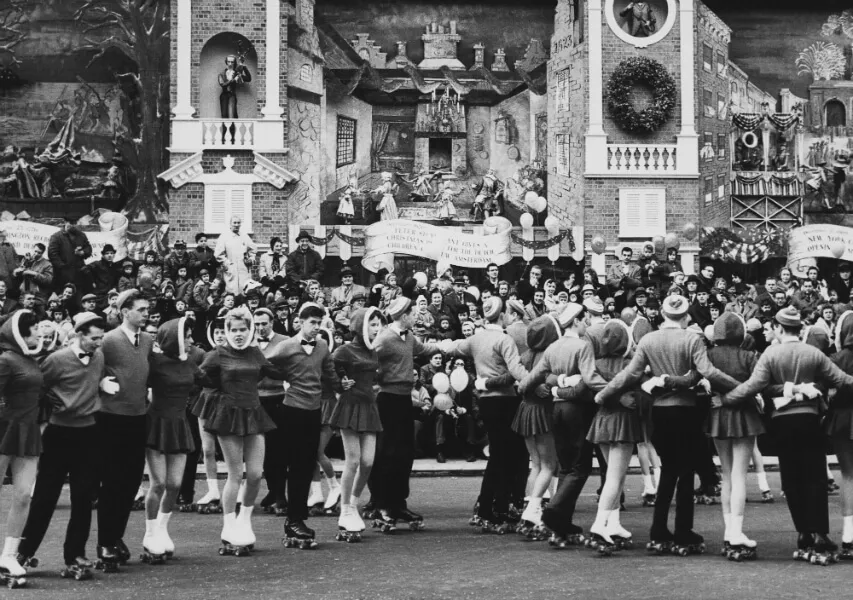
The parade would march down to Macy's store on 34th Street. All along the route, the parade was welcomed by huge crowds that a large force of cops had to try and deal with.
Over 10,000 people watched Santa, who rode on a float designed to look like a sleigh being pulled by reindeer.
There Were Some Objections
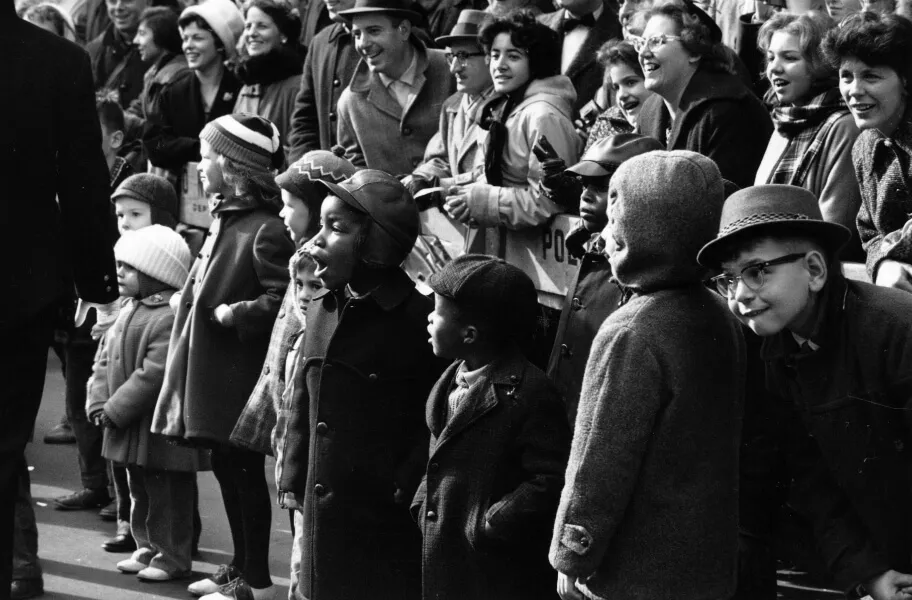
Two years after the first parade, the Allied Patriotic Societies protested. They insisted that Macy's shouldn't have the event on Thanksgiving since it "would interfere with Thanksgiving Day worship."
If the company didn't acknowledge its protest, the association declared that it would go to the police commissioner and ask him to revoke Macy's parade permit.
The Character Balloons Debuted In 1927

According to the New York Times, the parade included a human behemoth that was 21 feet tall. There was a dinosaur that was 60 feet long, which was attended to by a bodyguard of a prehistoric caveman.
Joining the dino was a company of gigantic turkeys, chickens, and ducks of heroic size.
The Parade Halted During WWII
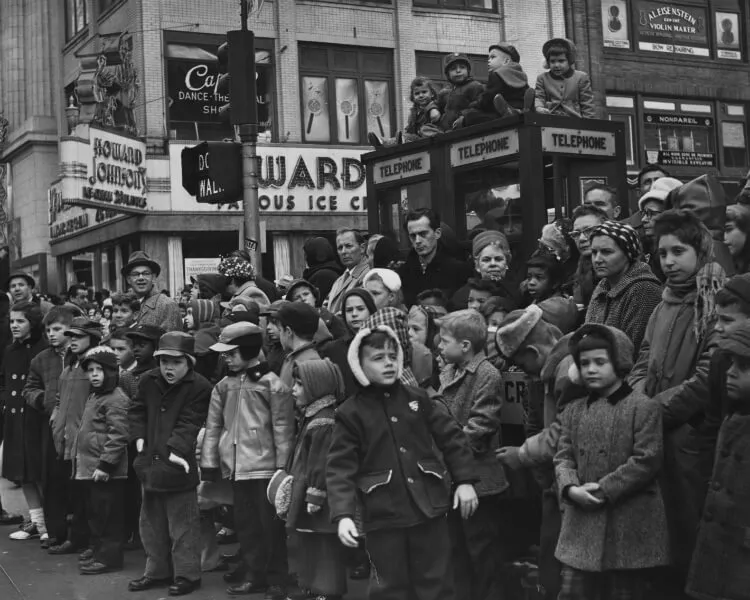
Due to rubber and helium shortages, Macy's canceled the parade from 1942 to 1944. The parade would return in 1945, and one year later, it got a different route.
The parade initially started at 77th street and Central Park West and ended at 34th Street.
There Were Balloon Races For A Few Years
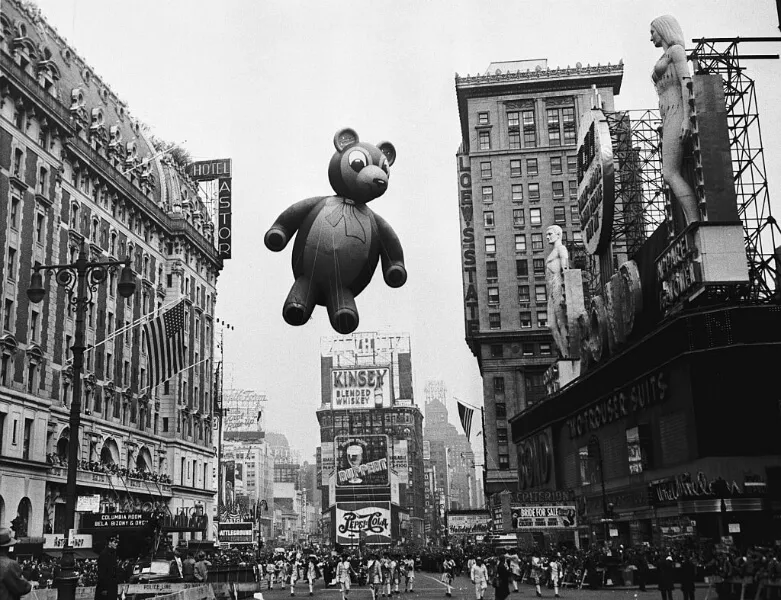
The first few years saw no plan for deflating balloons. Instead, the solution was to let them fly away and explode in the middle of the atmosphere.
Handlers would release five balloons into the sky and challenged bystanders to capture them for a reward of $100.
Mickey Mouse Made His Debut In 1934

Macy's designers collaborated with Walt Disney to create the 40-by-23 foot balloon. According to the New York Times, it was "held down to Earth by twenty-five attendants."
That same year, the parade featured the first balloon based on a real person — comedian and vaudeville star, Eddie Cantor.
The Floats Fold Down Small

The floats have been designed by artists at Macy's Parade Studio since 1968. The floats can be up to 40 feet tall and 28 feet wide.
Interestingly enough, they fold down into a 12-foot-by-8-foot box, just to make the journey through the Lincoln Tunnel.
Macy's Teamed Up With Goodyear Tire After A Helium Shortage Almost Grounded The Balloon's In 1958
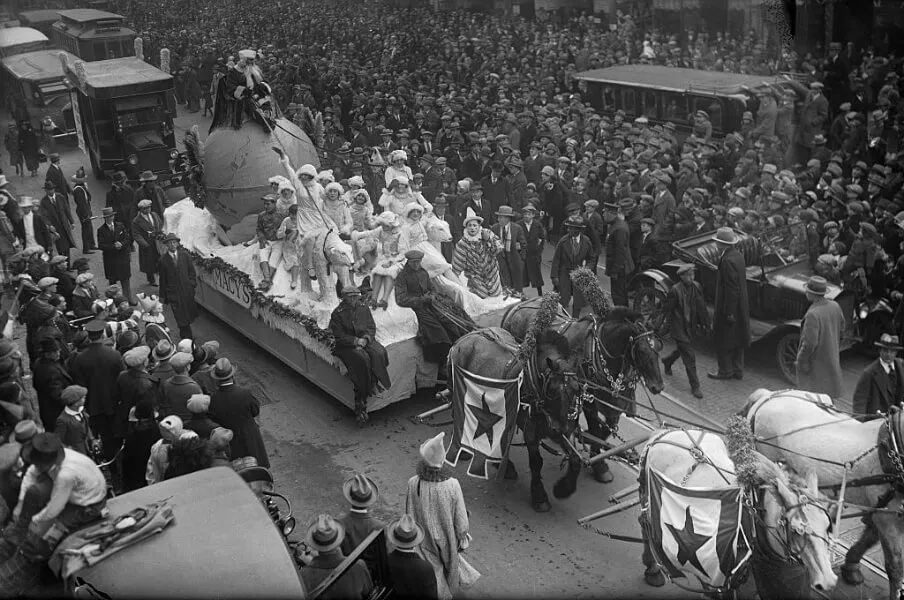
Goodyear Tire, along with Traynor & Hansen Corporation, came up with a creative solution. What they did was fill the balloons with air and dangle them from large, mobile construction derricks.
The balloons have only been grounded once since 1927 when the winds during the 1971 parade were too strong for them to fly.
All Of The Balloons Are Designed In-House By Macy's Artists, And They're Not Cheap
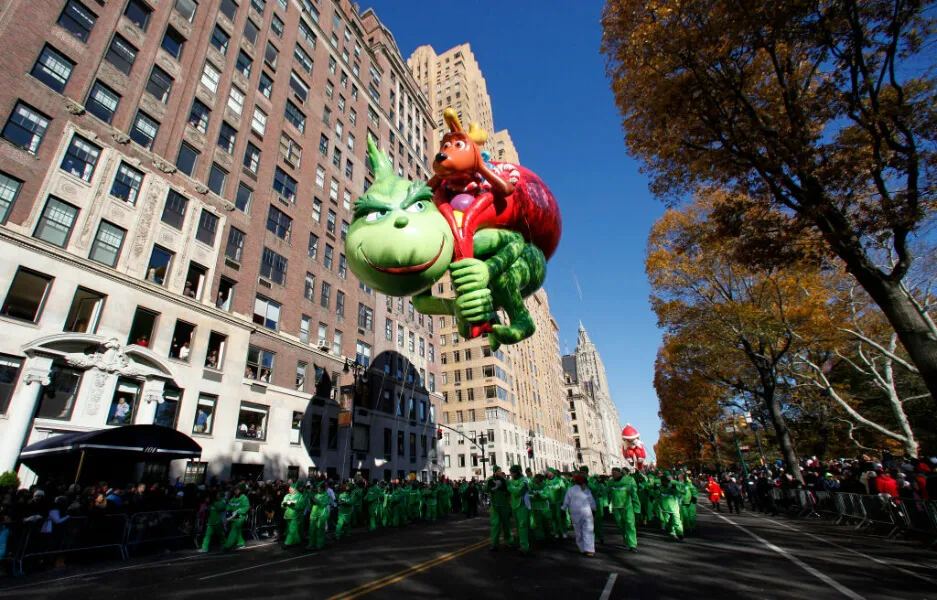
The "balloonatics" begin up to a year before the parade with pencil sketches of each character. The sketches are followed by two mini-replicas — one that's marked with technical details, and the other one that's painted in the balloon's colors.
Lastly, the schematics are scanned by a computer, and the fabric pieces are cut out.
The Balloons Are Directed By Balloon Pilots
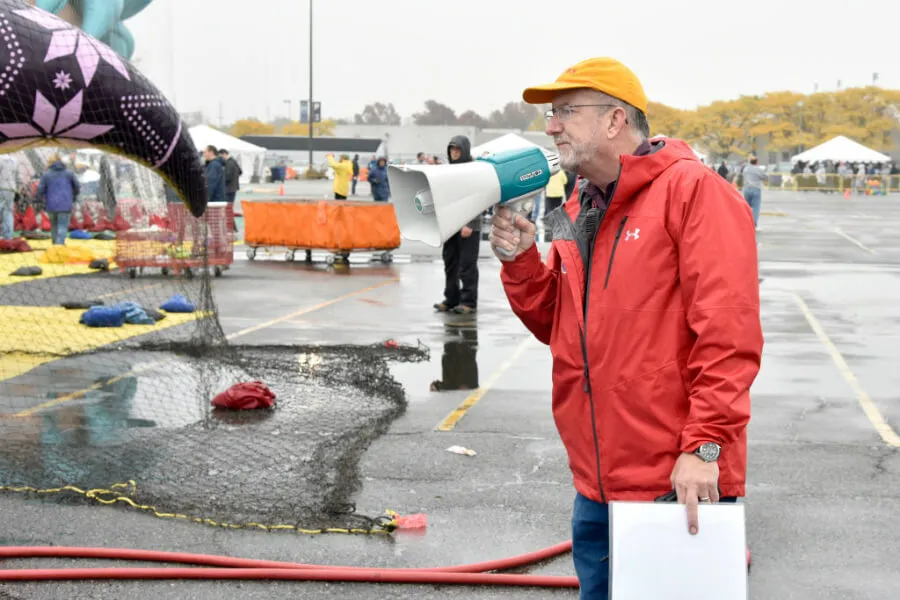
There are people walking backward in front of the balloon. They direct a crew of volunteers holding guide ropes and two Toro utility vehicles. Macy's even offers training three times a year for a pilot.
But, it's crucial to train physically. If not, your calves are going to seize up.
People Who Want To Volunteer To Walk With The Balloons Have To Meet Certain Requirements

It takes about 90 minutes to inflate the balloons. On average, they contain 12,000 cubic feet of helium. Each balloon requires up to 90 handlers, who have to weigh at least 120 pounds and be in good health.
The balloons are inflated the day before the parade outside the American Museum of Natural History.
There Have Been Some Weird Balloons In The Parade

In 1937, the Nantucket Sea Monster was one of the most bizarre balloons in the parade. Plus, the wrestler The Terrible Turk was there too. Unfortunately, the Turk had a bit of a mishap. The float memorably hit a traffic pole, then split in half in 1931.
Oh, and Smokey The Bear made a rare appearance in 1969.
Wind And Giant Balloons Are Not A Good Combination
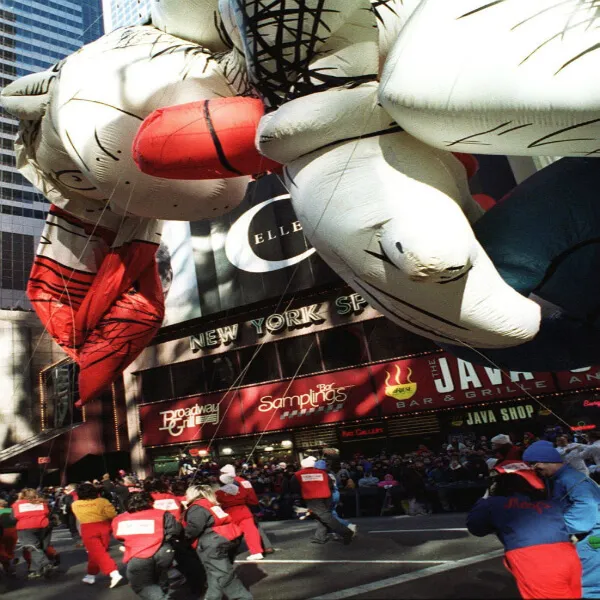
Electric wires, rain, and tree branches pose significant threats to parade balloons. In 1993, wind caused Sonic the Hedgehog to hit a lamppost, with the light injuring a pedestrian.
Four years later, police had to stab a Pink Panther balloon, only because the wind sent the float careening off the route.
The Route Has Changed Over Time

The parade's midtown route went right down Broadway. In 2017, the path started at 77th Street and Central Park West. From there, it took a left turn at 59th Street. It continued to ride past Central Park until it reached Sixth Avenue.
From there, it hung a right and ended at the flagship store.
One Character Has Appeared More Than Anyone Else

The special honor goes to a certain Peanuts character. Snoopy has had seven balloons made of him in its debut in 1968. The beloved cartoon character has made 39 appearances on and off through 2014.
But, in 2016, he was replaced by his owner, Charlie Brown.
The Parade Is One Of America's Biggest Creepy Clown Employers

Some people hate clowns, while Macy's runs a school for them. Surprisingly, the parade's Clown U is led by the Big Apple Circus.
The college trains roughly 900 volunteer clowns for the parade every year. I don't know why anyone would think they would need one clown, nevermind 900.
Deflating Balloons Takes 15 Minutes
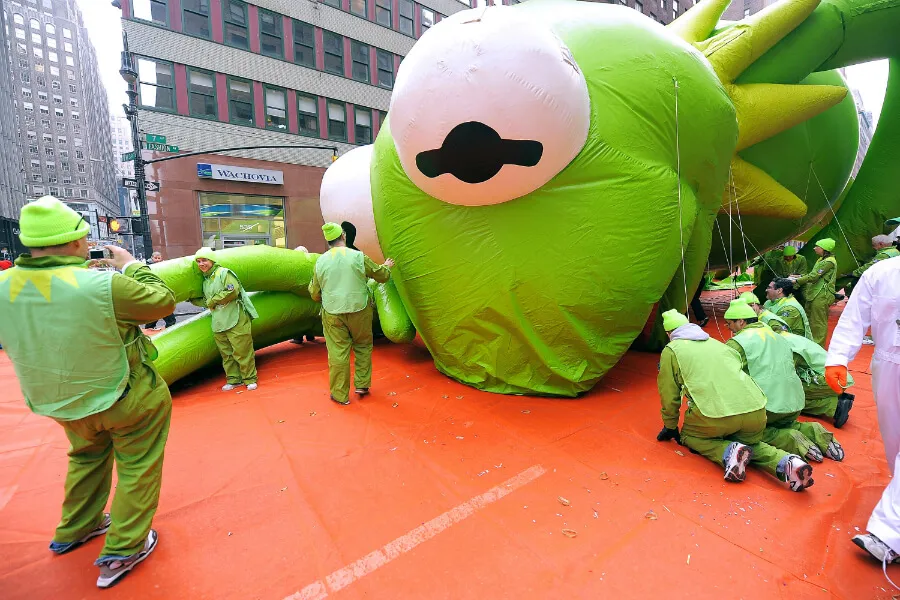
Once the parade is over, the balloon's get deflated behind Macy's on Seventh Avenue. First off, the volunteers open up zippers on the sides of the balloons. When most of the helium has escaped, they lie on the balloon to get all the helium out.
Then, they roll up the character from front to back.
Macy's Is The #2 Consumer For Helium

As mentioned before, large balloons hold about 12,000 cubic feet. That means Macy's needs a massive reserve for helium for its one-day event. That makes the company the second-largest reserve to consume helium in the world.
They are only runner-up to the U.S. Government.
How Much Does It Cost?

Consider this: to construct a single new balloon costs about $190,000. Once a ballon is put together, it costs $90,000 a year to maintain it. There are more than 300 dressers and makeup artists who get TV-ready and make it a spectacular performance.
With 50 million viewers, it's not a surprise.
The Parade Features Float-Based Balloons Called Falloons

It's the combination of "float" and "balloon." The term was introduced sometime around 1990. Also, there are balloon vehicles called balloonicles, a play on words of "balloon" and "vehicle."
The ballonicles made their debut in 2004, and as for the trycaloons (balloons on tricycles), they made their parade debut back in 2011.









